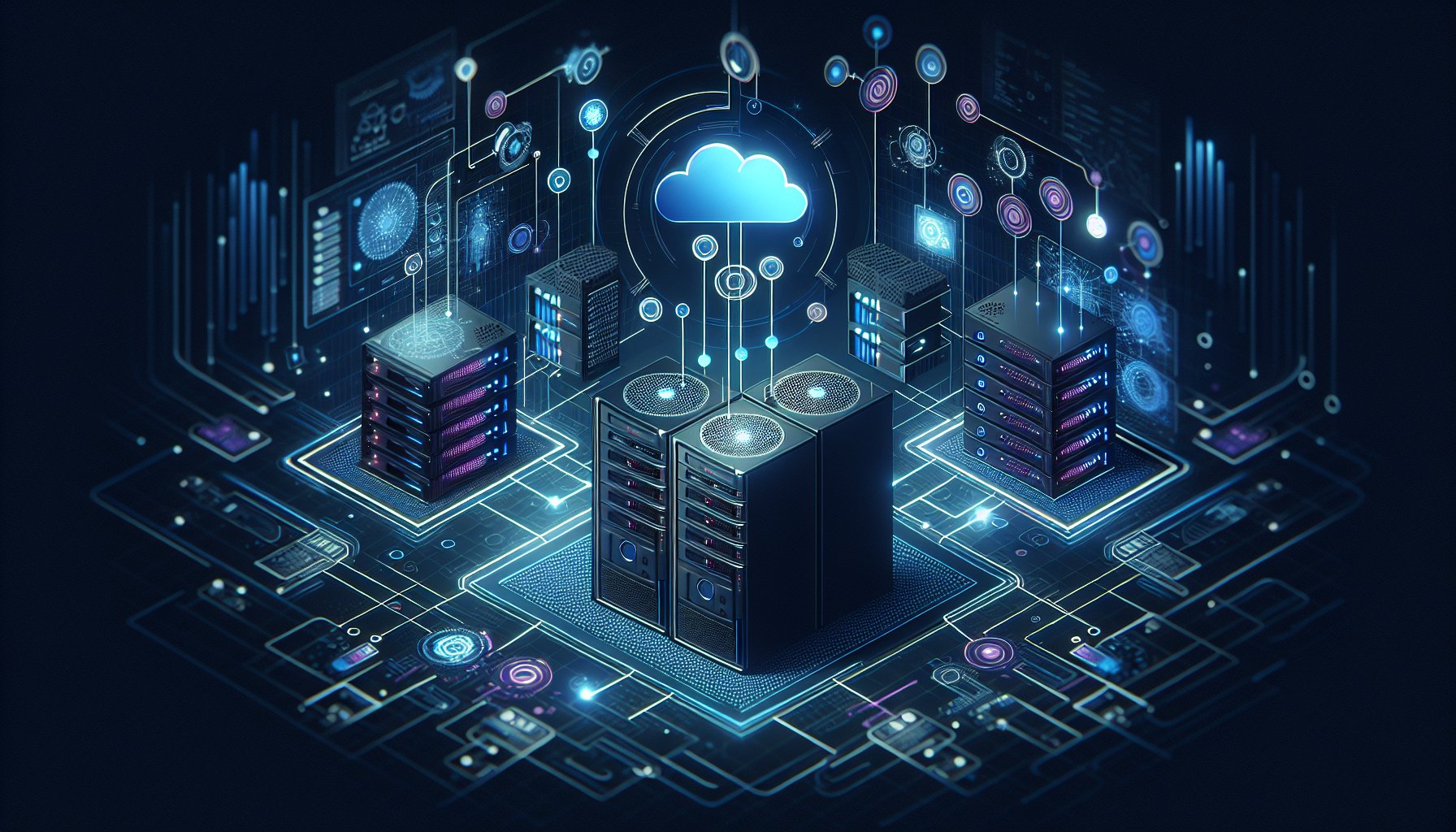Introduction
In the fast-paced world of IT development, staying ahead of the curve is more important than ever. As we navigate through 2025, DevOps remains at the forefront of this evolution, offering innovative methodologies and tools that align development and operations teams, streamline processes, and enhance product delivery. This blog post provides a deep dive into the latest trends and best practices in DevOps that are shaping the industry.
Embracing Continuous Integration and Continuous Delivery (CI/CD)
Continuous Integration and Continuous Delivery (CI/CD) have become the cornerstone of modern DevOps practices. CI/CD pipelines automate the process of integrating code changes and delivering the application to production, reducing manual intervention and increasing release speed. Tools like Jenkins X, GitLab CI/CD, and CircleCI have revolutionized the way we approach CI/CD, offering robust automation, scalability, and security features.
Modern CI/CD Example: Jenkins X
# Example Jenkinsfile
pipeline {
agent any
stages {
stage('Build') {
steps {
echo 'Building...'
}
}
stage('Test'){
steps {
echo 'Testing...'
}
}
stage('Deploy'){
steps {
echo 'Deploying...'
}
}
}
}
This example demonstrates a basic Jenkins pipeline with build, test, and deployment stages. Jenkins X takes this a step further with its cloud-native approach, adding automated environment creation and pull request previews to the mix.
Infrastructure as Code (IaC)
Another trend shaping the DevOps landscape is Infrastructure as Code (IaC), which allows developers to manage and provision their data centers using machine-readable definition files. IaC tools like Terraform and AWS CloudFormation offer increased efficiency, consistency, and reliability in managing infrastructure.
IaC Example: Terraform
# Terraform Configuration File
provider "aws" {
region = "us-west-2"
}
resource "aws_instance" "example" {
ami = "ami-0c94855ba95c574c8"
instance_type = "t2.micro"
}
This Terraform example shows how to create an AWS instance. With Terraform, you can manage your entire infrastructure with simple, declarative configuration files, making infrastructure management more accessible and maintainable.
Microservices and Containerization
Microservices architecture and containerization represent a shift in how we build and deploy applications, promoting scalability, independence, and resilience. Docker and Kubernetes have emerged as the leading tools for containerization and orchestration, respectively.
Microservices Example: Dockerfile
# Example Dockerfile
FROM python:3.7-alpine
WORKDIR /app
COPY . /app
RUN pip install --no-cache-dir -r requirements.txt
CMD ["python", "app.py"]
This Dockerfile example shows how to containerize a Python application. With Docker and Kubernetes, you can manage and scale your microservices effortlessly, making them a valuable addition to your DevOps toolkit.
Conclusion
As we continue our journey through 2025 and beyond, embracing these DevOps practices will be key to staying competitive. By leveraging CI/CD, IaC, and modern architectures like microservices and containerization, businesses can drive efficiency, reduce error rates, and deliver value more quickly. Remember, the future of IT development isn't about doing things the old way faster—it's about finding new and innovative ways to deliver high-quality software at the speed of business.
